Salsa’s history is littered with mountain bike greats, and it was one of the first brands to take the MTB template and blend it with a cyclocross (drop-bar) bike.
The Warbird was originally conceived as a gravel bike, but was built to race, pre-empting the current trend for bikes such as the Cervélo Aspero, BMC Kaius, Factor Ostro Gravel and Specialized Crux by many years.
Its subsequent three further revisions have seen the bike evolve into a lighter and more versatile machine. It now occupies a space in the Salsa range that’s more go-anywhere all-roader than out-and-out gravel bike.
The Warbird’s latest incarnation represents more than a decade’s evolution of the original concept. It has become a bike that’s comfortable off the tarmac and on it.
Salsa Warbird C GRX 600 v4 frame details
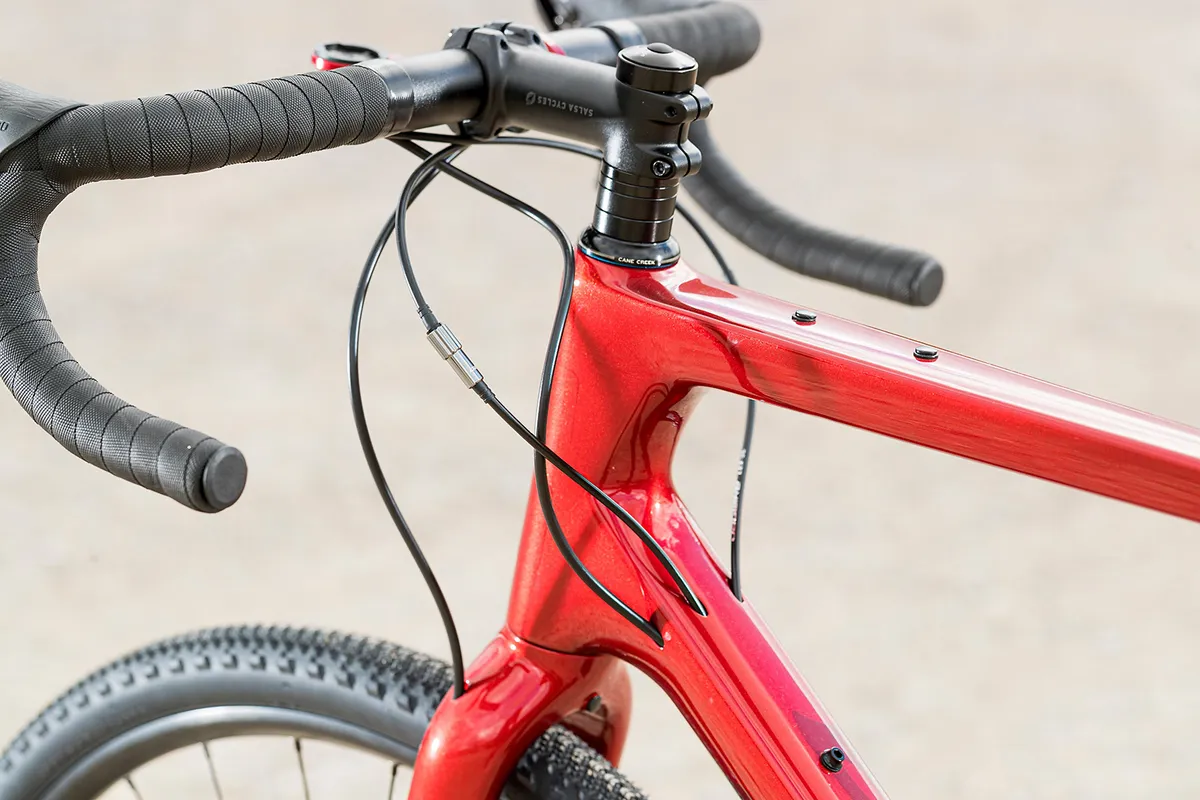
The Warbird's frame and fork have dual wheel-size capability, so you can fit a 700 x 45c tyre, or drop down to 650b wheels and up the tyre size to 2.1in.
The frame has seen plenty of additions since the previous version.
It features a third bottle mount (on a size 56cm and up), an accessory mount under the top tube, bento box mounts on the top tube and further mounts on the fork legs.
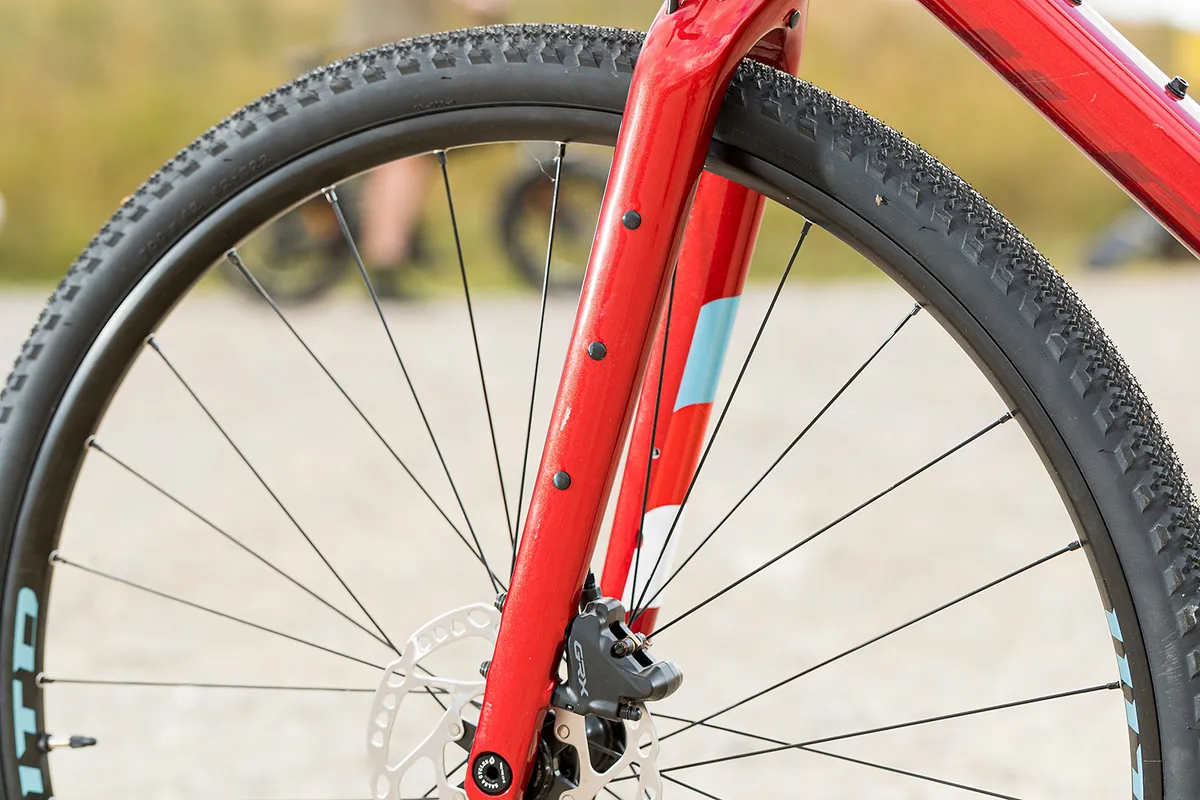
The Warbird is also compatible with a rear rack, when using Salsa’s rack-lock seat collar. It even gets mudguard mounts.
So, while the Warbird may be built to race, it could also be a lightweight bikepacking bike, capable go-anywhere commuter bike or even a winter training bike for the most extreme conditions.
Salsa Warbird C GRX 600 v4 specifications
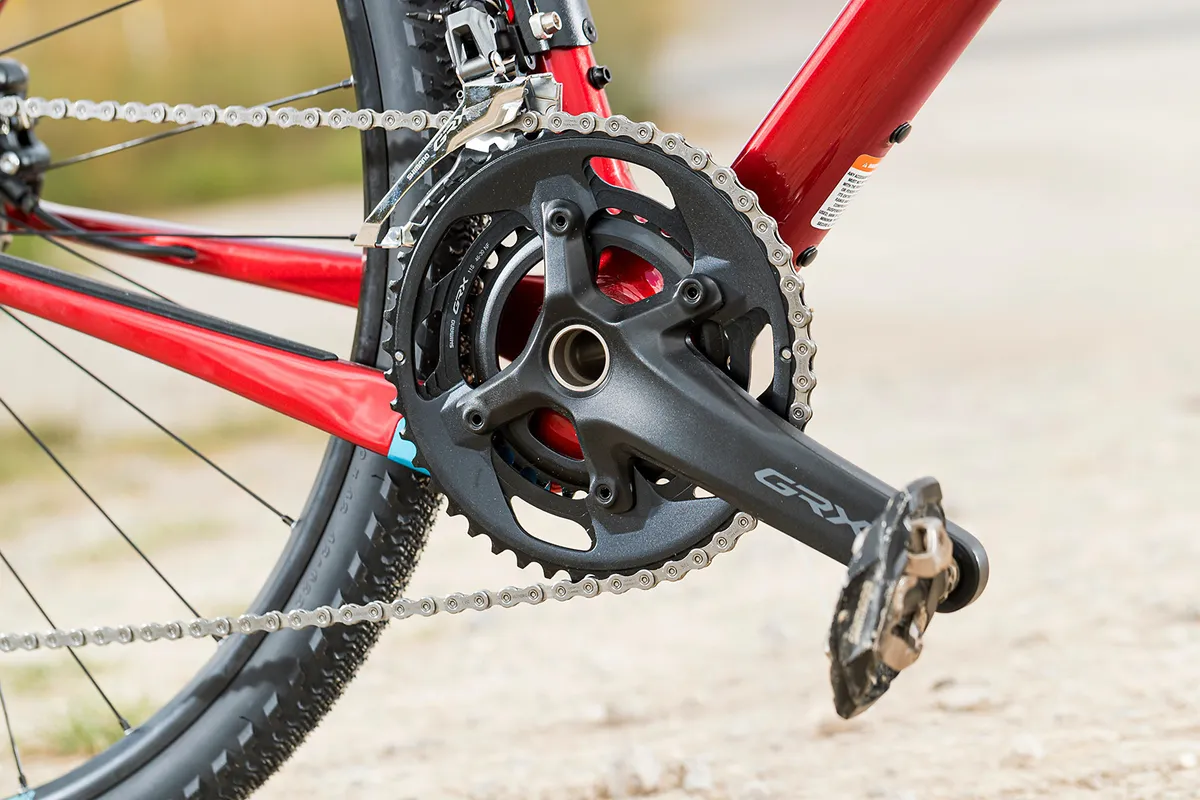
This Shimano GRX 600 equipped bike sits at the base of the three-model range (you can also buy a Warbird frameset and build your own). It comes with a decent spread of components.
The WTB ST i23 rims are aluminium with a tubeless-ready hooked shape and have a 23mm internal width that's ready for gravel tyres.
They’re laced up to standard Shimano RS470 Center Lock disc hubs, which are part of the brand's Tiagra road line-up.
They use Shimano’s long-standing sealed cup-and-cone bearing design rather than cartridge units, which are easier to service and maintain, if a little weightier.
The wheels are shod with Teravail Cannonball tyres in a generous 42mm width. I’ve been impressed with how well these have performed in predominantly dry conditions.
The directional chevron-shaped tread is enhanced on either flank by a wide-spaced series of diamond-shaped knobs interspersed with L-shaped studs. It gives the Cannonballs impressive grip through off-road corners, while the densely packed chevrons in the centre make for quick on-tarmac rolling.
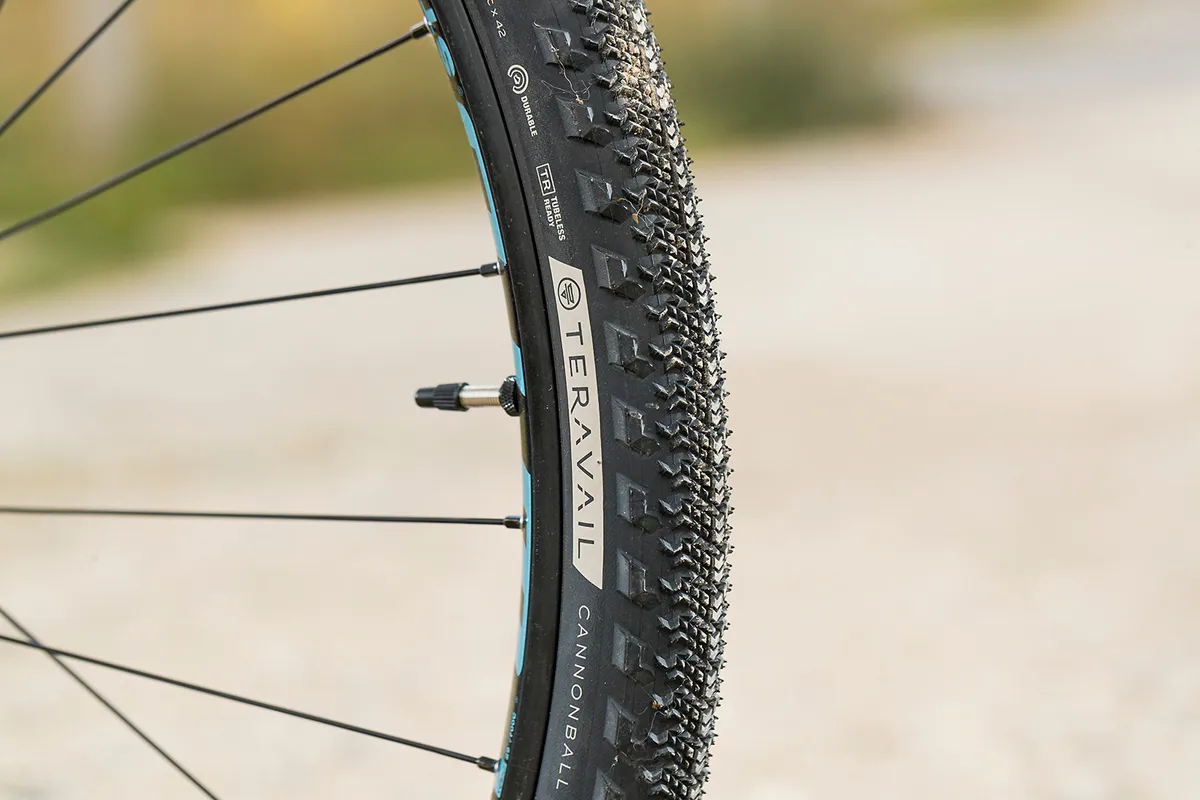
The Salsa is equipped with the ‘Durable’ version of the tyre (Teravail also offers a lighter version). This means the Warbird’s wheels and tyres aren’t exactly a lightweight package.
The adventure gearing combines a 46/30t chainset and wide 11-36t cassette. Even though steep climbs on the road or long dragging gravel ascents could be laborious, I was always able to keep the pedals turning.
The shifting of the 2x GRX, which mixes GRX600 shifters with RX810 derailleurs was good rather than great.
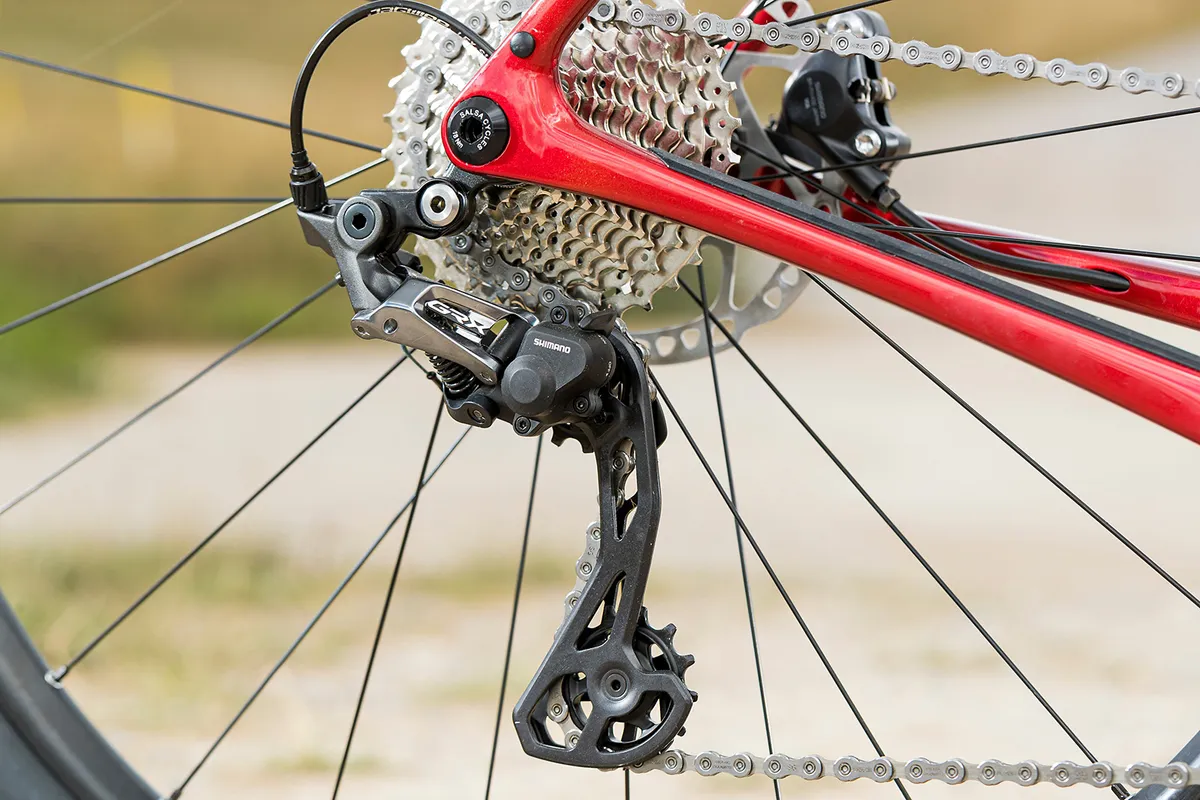
The occasionally sluggish front derailleur upshifts were noticeable, as was the occasional need to re-shift when the chain didn’t quite settle on the cassette. That said, I never dropped the chain even on some pretty choppy, rough descents.
The braking is good, with a nice progressive feel at the lever and ample power. The front rotor gets a little vocal on longer braking on descents, but it never became anti-socially screechy.
The Salsa cowbell bar is a joy, combining a compact 115mm drop with a short 68mm reach and a 12-degree flare. It feels great when the going gets rough, while the progressive curve through the flare doesn’t put the levers in an awkward position.

It all adds up to a superb contact point.
I didn’t, however, have the same warm feelings for the WTB SL8 saddle. It felt a little overly firm through the long nose shape and I found myself shifting around too often.
Choosing a bike saddle is a very personal process, though, and it can easily be swapped for a preferred model.
Salsa Warbird C GRX 600 v4 geometry and ride impressions
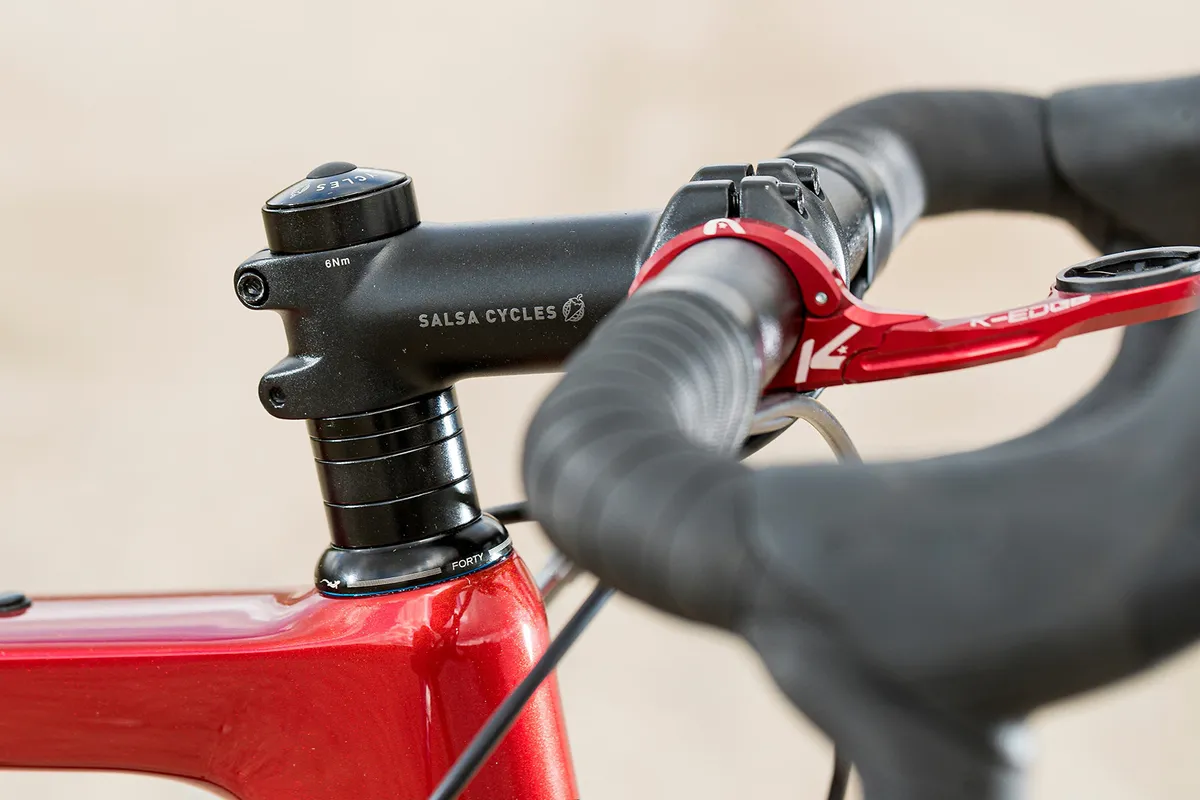
The most intriguing part of the Warbird’s design is the geometry.
My 57.5cm test bike came with a 603.73mm stack, which is a little lower than typical endurance road bikes. The 390.42mm reach is slightly longer, which means the Salsa’s ride position certainly feels at the racing end of the spectrum.
When that’s combined with a low standover height (thanks to the sloping top tube), it makes for a bike that feels agile when riding in the rough.
That said, it has a relaxed head angle of 70.75 degrees, and the 50mm fork offset – combined with the tyres – creates a 77mm trail. On paper, that should slow the steering down somewhat.
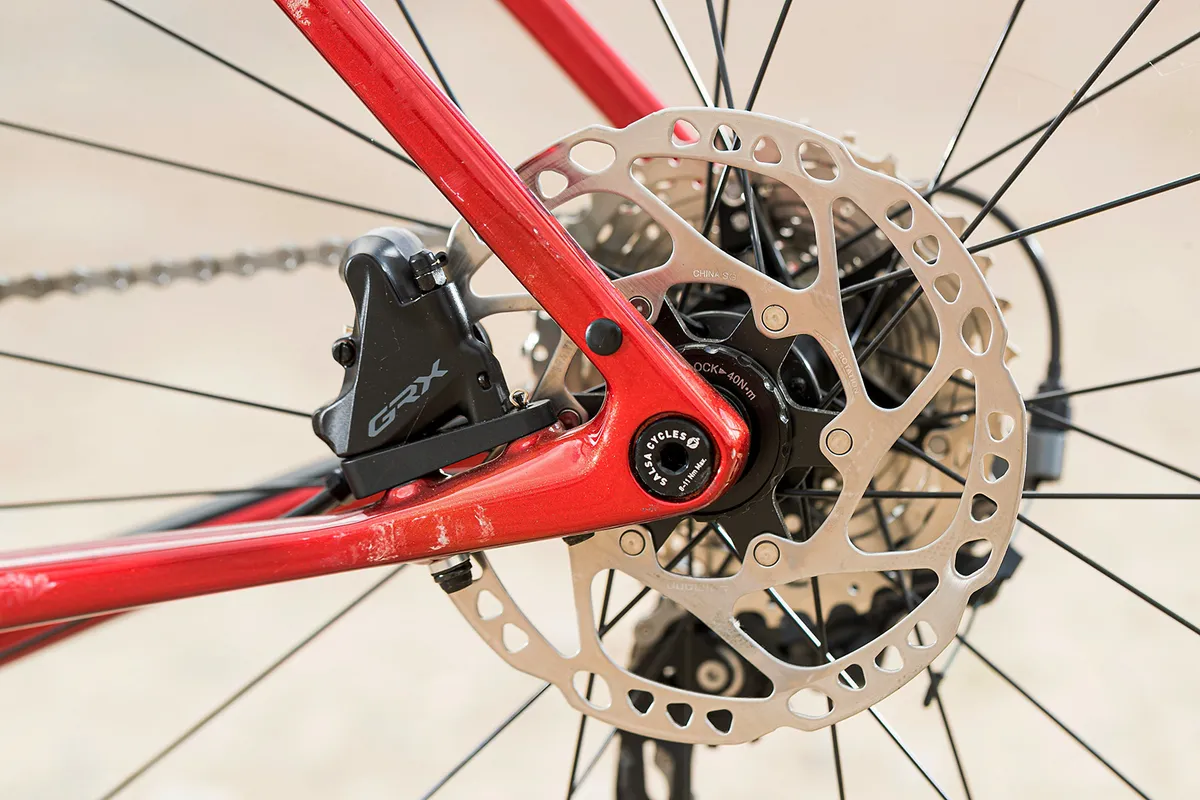
This is balanced out thanks to a longer front-centre (the distance from the centre of the cranks to the front wheel axle) and using a shorter stem (90mm on the 57.5cm bike).
All told, it makes for responsive steering, combined with a front wheel that tracks brilliantly on rougher ground.
The Salsa’s long wheelbase (1,054mm) only expands on the Warbird's sure-footed feel.
| | 49 | 52.5 | 54.5 | 56 | 57.5 | 59 | 61 |
|---|---|---|---|---|---|---|---|
| Seat angle (degrees) | 75 | 74 | 73 | 73 | 73 | 73 | 72.5 |
| Head angle (degrees) | 71 | 70.75 | 70.75 | 70.75 | 70.75 | 70.75 | 70.75 |
| Chainstay (mm) | 430 | 430 | 430 | 430 | 430 | 430 | 430 |
| Seat tube (mm) | 390 | 440 | 475 | 510 | 520 | 545 | 570 |
| Top tube (mm) | 499 | 525 | 545 | 560 | 575 | 590 | 610 |
| Head tube (mm) | 90 | 120 | 140 | 160 | 180 | 200 | 220 |
| Fork offset (mm) | 50 | 50 | 50 | 50 | 50 | 50 | 50 |
| Bottom bracket drop (mm) | 70 | 70 | 70 | 70 | 70 | 70 | 70 |
| Wheelbase (mm) | 996.14 | 1,011.96 | 1,022.39 | 1,038.21 | 1,054.03 | 1,069.85 | 1,084.54 |
| Standover (mm) | 670.2 | 714.48 | 744.3 | 770.11 | 785.96 | 808.4 | 830.55 |
| Stack (mm) | 517.85 | 547.09 | 565.97 | 584.85 | 603.73 | 622.61 | 641.5 |
| Reach (mm) | 360.24 | 368.13 | 371.97 | 381.19 | 390.42 | 399.65 | 407.74 |
| Crank arm length (mm) | 165 | 170 | 170 | 172.5 | 172.5 | 175 | 175 |
| Handlebar width (mm) | 380 | 400 | 420 | 440 | 460 | 460 | 460 |
| Stem length (mm) | 70 | 70 | 80 | 90 | 90 | 100 | 110 |
The Warbird’s geometry has the potential to create a sluggish, not engaging ride.
However, what Salsa has achieved is almost the opposite – it feels very balanced when traversing challenging surfaces.
On the road, its stability through fast corners encourages you to go that bit harder into corners than you usually would.
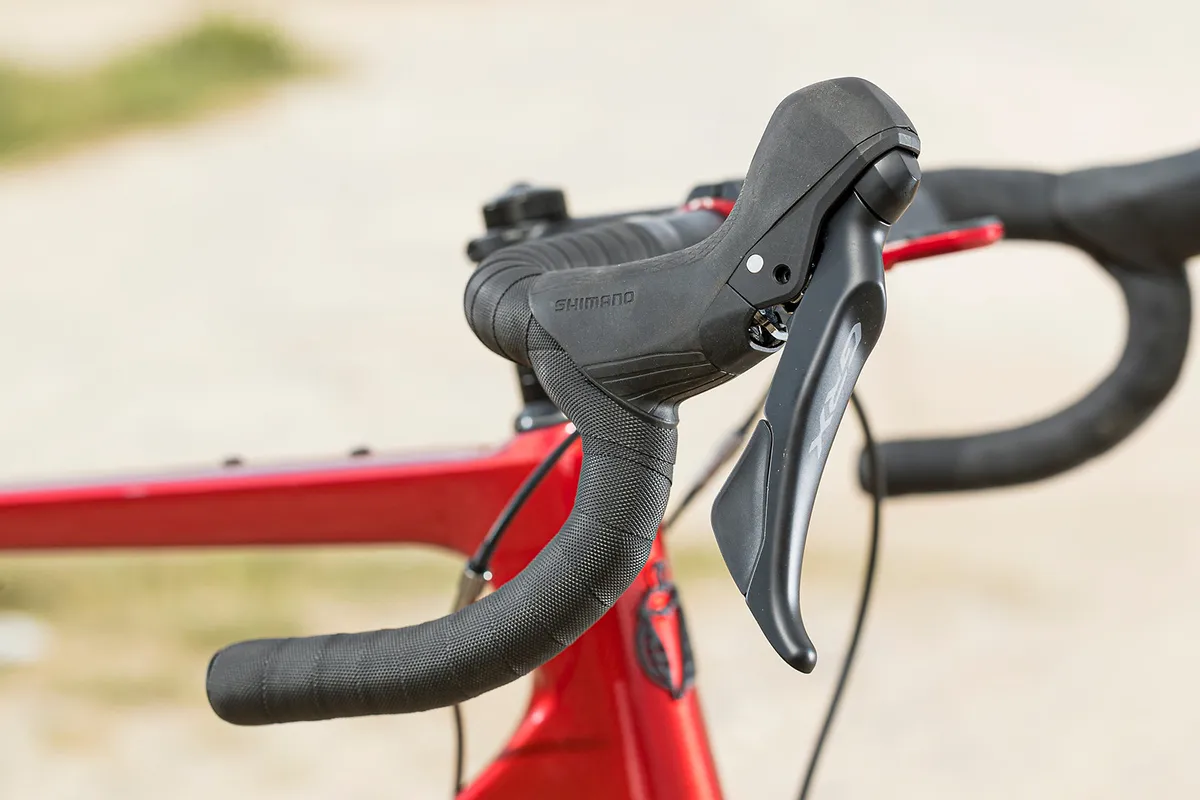
The slightly sedate steering is only really noticeable when you're turning through a tight gate gap or U-turning in a confined space. However, I found this easy to live with in exchange for the confidence boost the Warbird gives when riding on the limit.
The bike’s frame and build are great at smoothing out bumps and vibrations, which makes it great for big mileage and long days.
Salsa Warbird C GRX 600 v4 bottom line
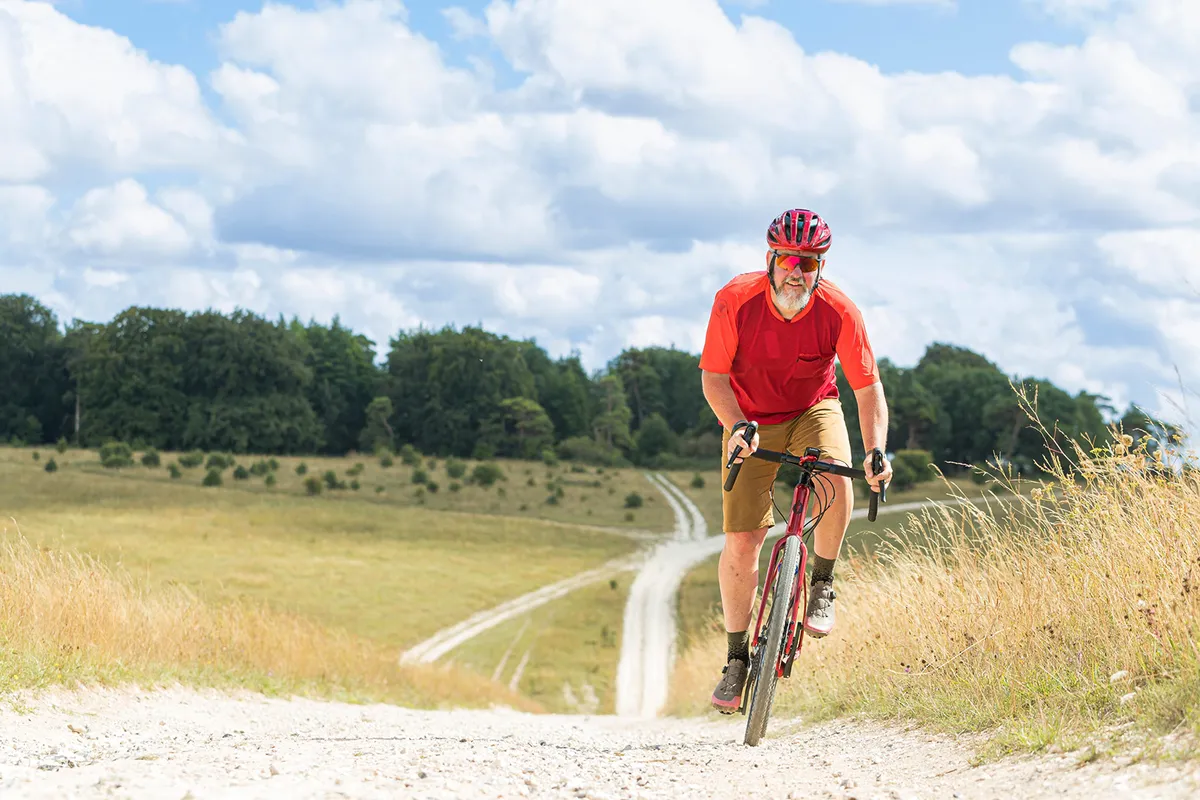
If you spend the majority of your riding time getting away from roads, the Salsa is a great choice.
It's the epitome of the modern lightweight off-road capable ride. That it won’t embarrass itself or you on the road is a big, big bonus.
I’d ideally like it to have a lighter set of wheels, and certainly a change of saddle.
But if you want a bike that's good at everything and somewhat different from the norm, I can definitely recommend the Warbird.
Product
| Brand | salsa |
| Price | 3300.00 GBP,3499.00 USD |
| Weight | 9.5600, KILOGRAM (57.5cm) - |
Features
| Fork | Waxwing carbon |
| br_stem | Salsa Guide |
| br_frame | Carbon |
| Tyres | Teravail Cannonball 700 x 42mm tubeless ready |
| br_brakes | Shimano RX400 hydraulic disc |
| br_cranks | Shimano GRX 46/30t |
| br_saddle | WTB SL8 |
| br_wheels | WTB ST i23 TCS 2.0 |
| br_shifter | Shimano GRX600 |
| br_cassette | 11-34t |
| br_seatpost | Salsa Guide |
| br_handlebar | Salsa Cowbell alloy |
| br_availableSizes | 49, 52.5, 54.5, 56, 57.5, 59, 61cm |
| br_rearDerailleur | Shimano RX810 |
